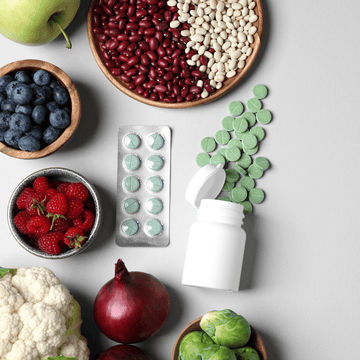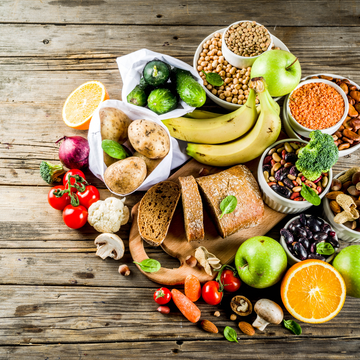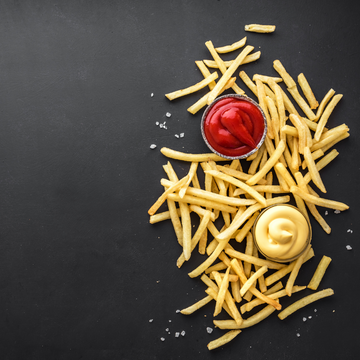Prebiotics Unveiled: Cultivating Gut Health for Optimal Well-Being
by Namita Satheesh on Nov 07, 2023

Introduction to Prebiotics
| Prebiotics are a type of dietary fiber that serves as a food source for the beneficial bacteria in our gut. While probiotics are live microorganisms, prebiotics act as nourishment for these beneficial bacteria, promoting their growth and activity. In this article, we will explore the benefits of prebiotics, how to incorporate them into your diet, provide a list of prebiotic foods, and discuss the difference between prebiotics and probiotics. |
Benefits of Prebiotics:
Gut Health: These help nourish and support the growth of beneficial bacteria in the gut. They create an environment that promotes the colonization and activity of these bacteria, contributing to healthy gut microbiota.
Improved Digestion: This enhances the digestion and absorption of nutrients by promoting the growth of beneficial bacteria that aid in breaking down complex carbohydrates and fiber.
Enhanced Immune Function: A healthy gut microbiota supported by prebiotics can positively influence the immune system, helping to defend against infections and strengthen immune responses.
Weight Management: Prebiotics may have a positive impact on weight management by promoting the growth of beneficial bacteria that are associated with a healthy weight.
How to Incorporate Prebiotics into Your Diet:
Increase Fiber Intake: Consume a variety of high-fiber foods to naturally increase your prebiotic intake. Include whole grains, fruits, vegetables, legumes, nuts, and seeds in your diet.
Consume Resistant Starch: Resistant starch, found in foods like green bananas, cooked and cooled potatoes or rice, and legumes, acts as a prebiotic by resisting digestion in the small intestine and reaching the colon, where it can be fermented by beneficial bacteria.
List of Prebiotic Foods:
Here are some examples of prebiotic-rich foods:
Whole Grains: Oats, barley, wheat bran, whole wheat, and rye.
Fruits: Bananas, apples, berries, oranges, and kiwi.
Vegetables: Asparagus, onions, garlic, leeks, chicory root, Jerusalem artichokes, and dandelion greens.
Legumes: Lentils, chickpeas, kidney beans, and black beans.
Nuts and Seeds: Almonds, flaxseeds, chia seeds, and pistachios.
Prebiotics and Probiotics:
While prebiotics and probiotics are related to gut health, they serve different roles:
Prebiotics: These are non-digestible fibers that act as food for beneficial bacteria in the gut, stimulating their growth and activity.
Probiotics: Probiotics are live microorganisms, such as bacteria or yeasts, that confer health benefits when consumed in adequate amounts. They directly introduce beneficial bacteria into the gut.
Prebiotic and Probiotic Capsules:
Prebiotic and probiotic capsules combine both in a single supplement. These capsules aim to provide comprehensive support for gut health by delivering beneficial microorganisms and nourishing them.
Difference between Prebiotics and Probiotics:
Function: Prebiotics are fibers that serve as food for beneficial bacteria, promoting their growth and activity. Probiotics are live microorganisms that directly introduce beneficial bacteria into the gut.
Composition: Prebiotics are non-digestible fibers, while probiotics are living microorganisms, including bacteria or yeasts.
In summary, prebiotics provide nourishment for beneficial bacteria in the gut, whereas probiotics are the beneficial bacteria themselves.




